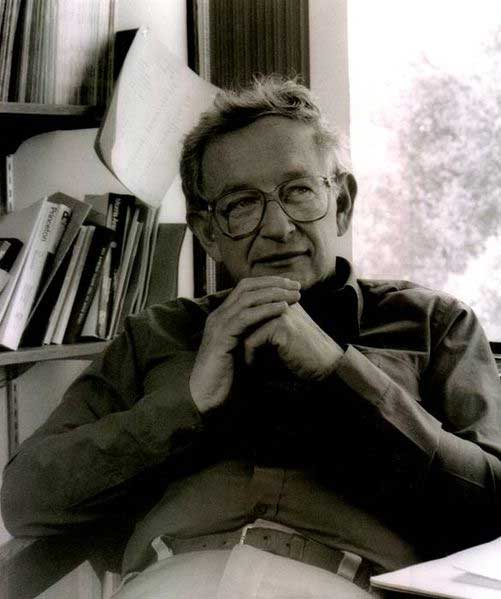.
Philip Warren Anderson

Philip Warren Anderson (born December 13, 1923) is a American theoretical physicist. Anderson has made contributions to the theories of localization, antiferromagnetism and high-temperature superconductivity.
Biography
Anderson was born in Indianapolis, Indiana and grew up in Urbana, Illinois. He graduated from University Laboratory High School in Urbana in 1940. Afterwards, he went to Harvard University for undergraduate and graduate work, with a wartime stint at the U.S. Naval Research Laboratory in-between. In graduate school he studied under John Hasbrouck van Vleck.
From 1949 to 1984 he worked at Bell Laboratories in New Jersey, where he worked on a wide variety of problems in condensed matter physics. During this period he discovered the concept of localization, the idea that extended states can be localized by the presence of disorder in a system; the Anderson Hamiltonian, which describes electrons in a transition metal; the "Higgs" mechanism for generating mass in elementary particles; and the pseudospin approach to the BCS theory of superconductivity.
From 1967 to 1975, Anderson was a professor of theoretical physics at Cambridge University. In 1977 Anderson was awarded the Nobel Prize in Physics for his investigations into the electronic structure of magnetic and disordered systems, which allowed for the development of electronic switching and memory devices in computers. Co-researchers Sir Nevill Francis Mott and John van Vleck shared the award with him. In 1982, he was awarded the National Medal of Science. He retired from Bell Labs in 1984 and is currently Joseph Henry Professor of Physics at Princeton University.
Anderson's writings include Concepts of Solids (1963, ISBN 981-02-3231-4) and Basic Notions of Condensed Matter Physics (1984, ISBN 0-201-32830-5). Anderson currently serves on the board of advisors of Scientists and Engineers for America, an organization focused on promoting sound science in American government. He is a certified first degree-master of the Chinese board game Go.
A 2006 statistical analysis of scientific research papers by José Soler, comparing number of references in a paper to the number of citations, declared Anderson to be the "most creative" physicist in the world [1].
Notable papers
- P.W. Anderson, "Absence of Diffusion in Certain Random Lattices", Phys. Rev. 109, 1492 (1958).
- P.W. Anderson, P. W., Halperin, B. I., Varma, C. M., "Anomalous low-temperature thermal properties of glasses and spin glasses," Philosophical Magazine, 25, 1 (1972).
- P.W. Anderson, "More is Different", Science 177, 393 (1972).
- P.W. Anderson, "The resonating valence bond state in La2CuO4 and superconductivity", Science 235, 1196 (1987).
Links
Retrieved from "http://en.wikipedia.org/"
All text is available under the terms of the GNU Free Documentation License

